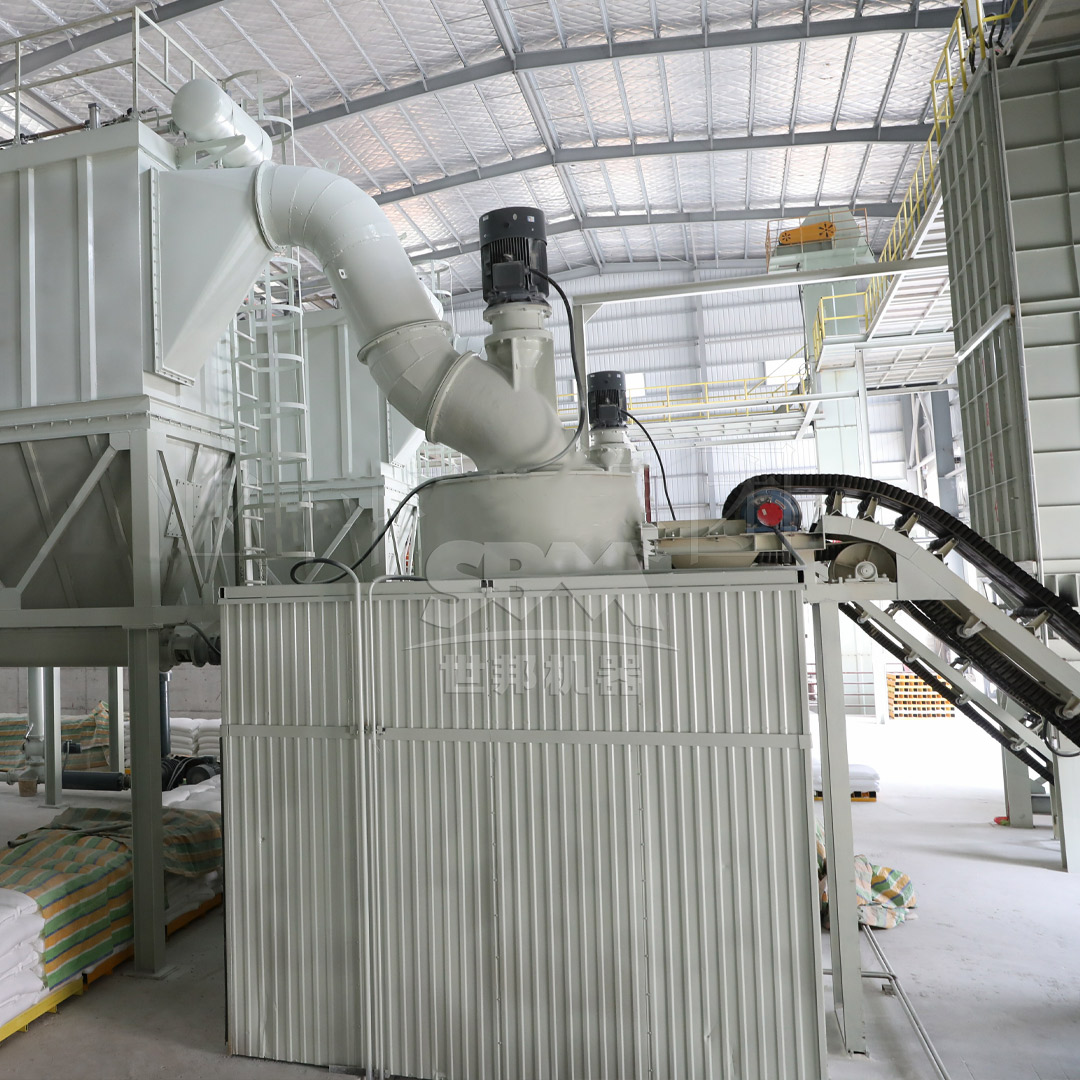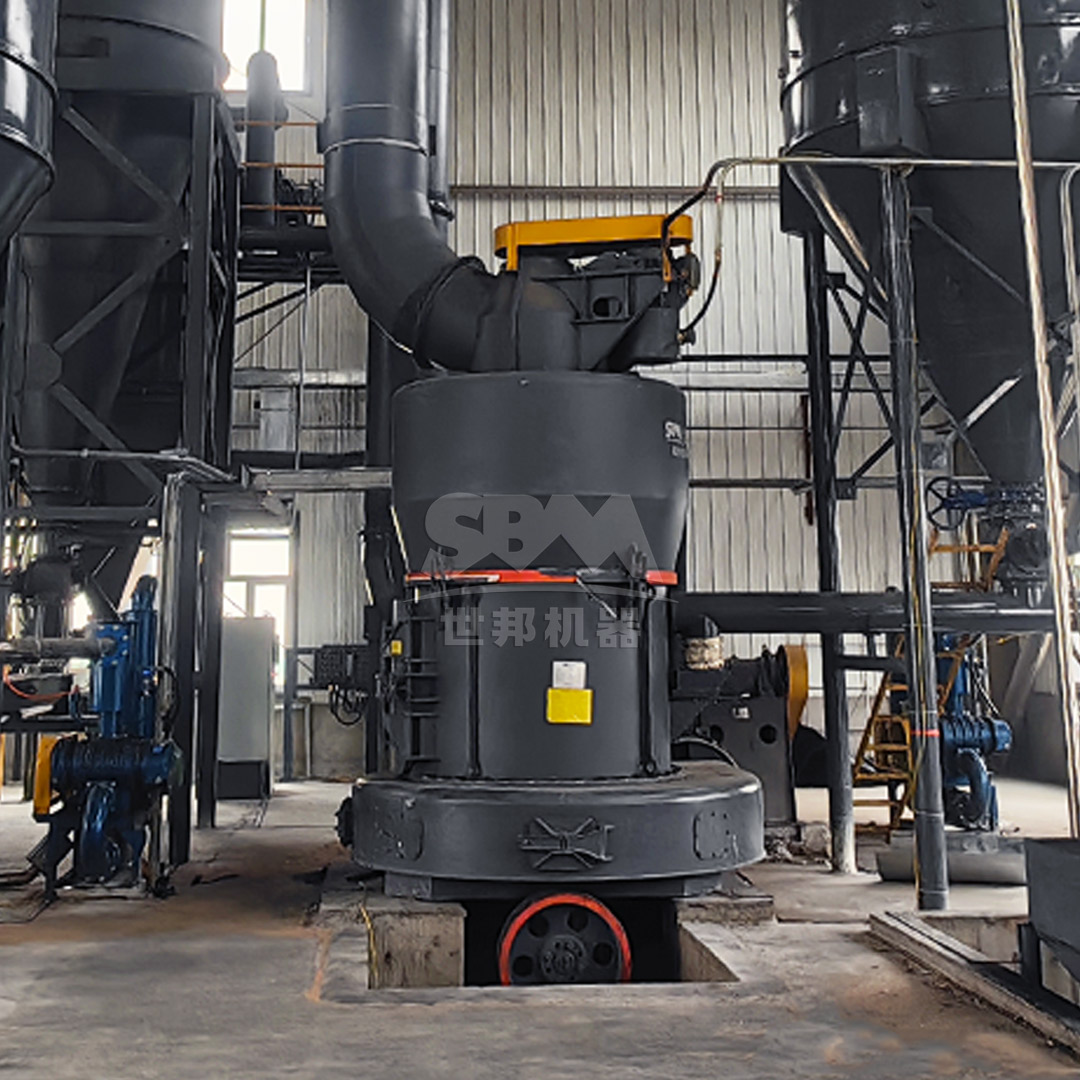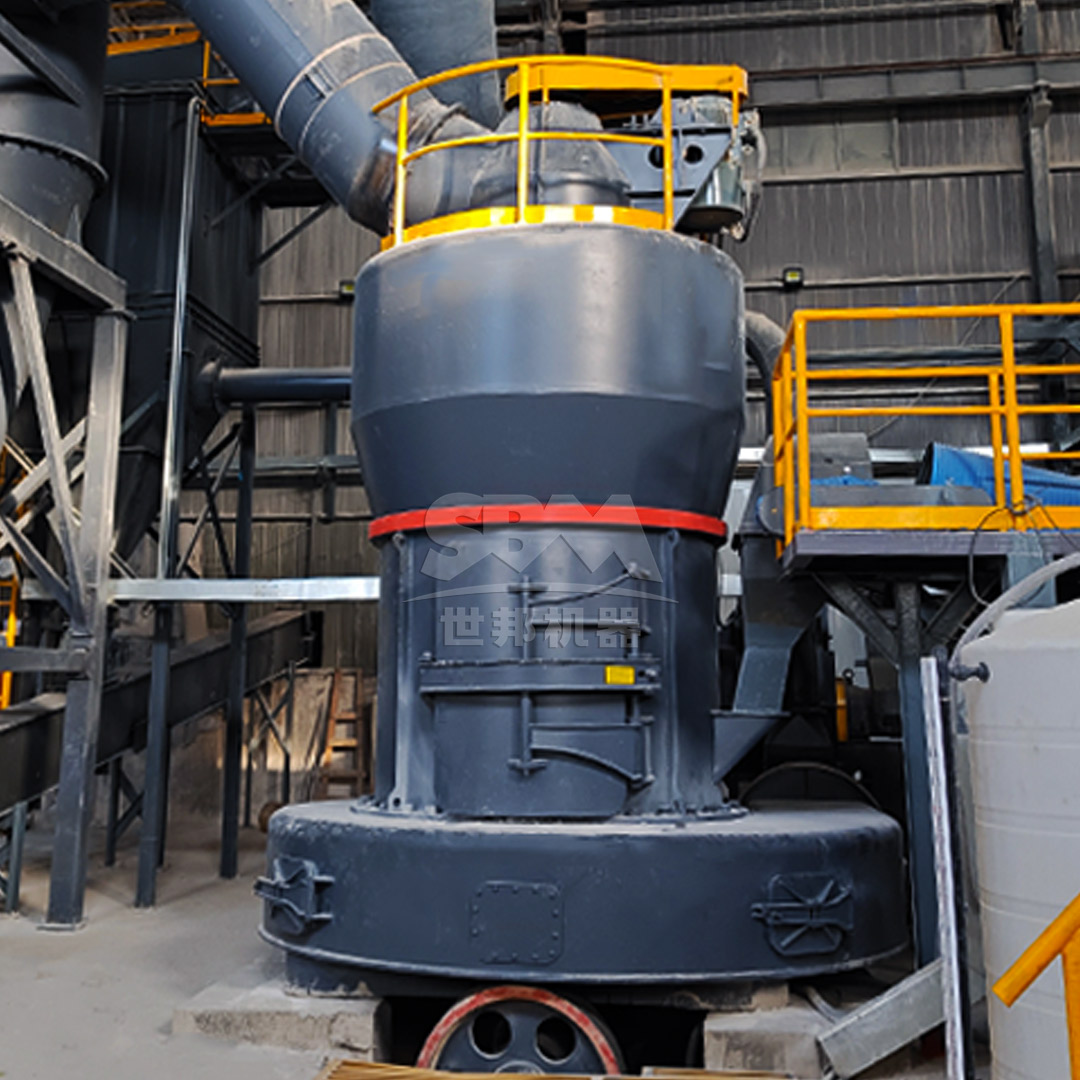Marble dust, a byproduct of marble processing and manufacturing, has evolved from industrial waste to a valuable resource in the building materials industry. This fine powder, once considered an environmental liability, now plays a crucial role in creating sustainable, high-performance construction materials. The transformation of marble waste into functional building components represents a significant advancement in circular economy practices within the construction sector.
Marble dust consists primarily of calcium carbonate (CaCO₃) with minor quantities of other minerals such as magnesium carbonate, silica, and alumina. The chemical composition varies depending on the geological origin of the parent marble, but typically contains 90-98% calcium carbonate. This high calcium content makes it particularly valuable for various applications in building materials.
The physical properties of marble dust contribute to its usefulness: particle sizes ranging from coarse (100-500 microns) to ultrafine (less than 5 microns), specific gravity of approximately 2.7-2.9, and brightness levels between 85-95% depending on purity. These characteristics make it an excellent filler, pigment, and reactive component in numerous construction applications.
| Property | Typical Range | Significance in Building Materials |
|---|---|---|
| Particle Size | 5-500 microns | Affects packing density and reactivity |
| CaCO₃ Content | 90-98% | Determines chemical reactivity |
| Brightness | 85-95% | Important for aesthetic applications |
| Specific Gravity | 2.7-2.9 | Affects mixture proportions |
The production of marble dust involves several processing stages, each critical to achieving the desired particle size distribution and purity levels. Modern production facilities employ sophisticated grinding technology to transform marble waste into valuable powder products.
The primary production process begins with the collection of marble scraps and slurry from processing plants. This raw material undergoes crushing using jaw crushers or hammer mills to reduce particle size to manageable dimensions (typically below 20mm). The crushed material then enters the grinding phase, where specialized milling equipment reduces it to the required fineness.
For ultrafine applications requiring particle sizes below 5 microns, advanced grinding systems are essential. Our SCM Ultrafine Mill represents the cutting edge in marble dust production technology. With an output fineness range of 325-2500 mesh (D97≤5μm) and processing capacity of 0.5-25 tons per hour, this system delivers precisely controlled particle size distribution critical for high-value applications.

The SCM series incorporates several technological advantages specifically beneficial for marble processing: efficient energy consumption (30% lower than conventional systems), high-precision classification ensuring uniform particle size, and durable construction with special material rollers and grinding rings that withstand the abrasive nature of marble. The system’s intelligent control automatically adjusts operating parameters to maintain consistent product quality despite variations in feed material characteristics.
Following grinding, the marble dust undergoes classification to separate particles according to size specifications. Air classifiers or screening systems ensure that only material meeting the required size distribution proceeds to packaging. Modern facilities also incorporate dust collection systems to capture airborne particles, maintaining clean working environments and maximizing product yield.
The building materials industry has developed numerous innovative applications for marble dust, leveraging its unique properties to enhance product performance and sustainability.
In concrete production, marble dust serves as a partial replacement for cement or as a fine aggregate. When used as a cement replacement (typically 5-15% by weight), it acts as a filler material that improves particle packing density, resulting in reduced porosity and enhanced durability. The calcium carbonate content can participate in secondary hydration reactions, particularly in blends with pozzolanic materials, contributing to long-term strength development.
As a fine aggregate replacement, marble dust improves workability and surface finish while reducing the water demand of concrete mixtures. Research has demonstrated that appropriate incorporation of marble dust can enhance compressive strength, reduce permeability, and improve resistance to sulfate attack. The bright white color of high-purity marble dust also creates aesthetic possibilities for architectural concrete applications.
The ceramic industry extensively utilizes marble dust in tile production, where it serves multiple functions. In body compositions, it acts as a fluxing agent that reduces firing temperatures, thereby lowering energy consumption during manufacturing. The calcium carbonate content decomposes during firing, releasing carbon dioxide and creating microporosity that improves thermal insulation properties.
In glaze formulations, finely ground marble dust (typically below 10 microns) provides opacity, hardness, and chemical resistance. The material’s high brightness contributes to vibrant color development in colored glazes, while its relatively low melting point promotes smooth, glossy surfaces. For large-scale tile production requiring consistent quality and high throughput, our MTW Series Trapezium Mill offers an ideal solution with processing capacities up to 45 tons per hour and output fineness adjustable between 30-325 mesh.

The MTW series incorporates several features particularly suited to tile manufacturing: anti-wear shovel design that reduces maintenance costs, curved air channel optimization that minimizes energy loss, and integrated gear transmission with 98% efficiency. These technical advantages ensure consistent product quality while minimizing operational expenses for building material manufacturers.
In the paint industry, marble dust functions as an extender pigment that provides several technical benefits. Its platelet-like particle morphology improves suspension stability and reduces settling in storage. The high brightness and low oil absorption characteristics make it particularly valuable in water-based paints, where it contributes to hiding power while maintaining favorable rheological properties.
Marble dust’s chemical inertness ensures compatibility with various binder systems, while its hardness contributes to abrasion resistance in dry films. In exterior coatings, the material’s alkaline nature provides buffering capacity that enhances corrosion protection for metal substrates. The availability of different particle size distributions allows formulators to optimize paint properties for specific applications, from fine fillers for smooth surfaces to coarser grades for texture paints.
The incorporation of marble dust supports sustainability initiatives in several ways. First, it diverts industrial waste from landfills, reducing environmental impact and conserving natural resources. Second, its use often reduces the carbon footprint of building materials by decreasing the proportion of energy-intensive components like cement. Third, materials containing marble dust frequently demonstrate improved durability, extending service life and reducing maintenance requirements.
Research continues to explore new sustainable applications, including geopolymer concretes, carbon sequestration materials, and photocatalytic composites. The high surface area and chemical reactivity of ultrafine marble dust make it particularly promising for these advanced applications, driving demand for sophisticated grinding technology capable of producing precisely controlled particle characteristics.
The performance of marble dust in building materials depends critically on consistent quality parameters. Key specifications include chemical composition (particularly calcium carbonate content), particle size distribution, brightness, and moisture content. Variations in these parameters can significantly affect the performance of the final building products.
Particle size distribution deserves particular attention, as it influences multiple properties including reactivity, packing density, and water demand. For most building material applications, a well-graded distribution with controlled maximum particle size provides optimal performance. Modern grinding systems like our SCM Ultrafine Mill incorporate advanced classification technology that ensures tight control over particle size distribution, with the ability to produce material as fine as 5 microns (D97) for specialized applications.
| Application | Recommended Fineness | Typical Replacement Level | Key Benefits |
|---|---|---|---|
| Concrete filler | 45-150 microns | 10-20% of fine aggregate | Improved workability, reduced permeability |
| Cement replacement | 5-45 microns | 5-15% of cement | Reduced CO₂ emissions, improved durability |
| Tile body | 75-250 microns | 15-30% of body composition | Reduced firing temperature, improved insulation |
| Paint extender | 2-20 microns | 10-25% of pigment volume | Improved suspension, reduced cost |
Chemical consistency is equally important, particularly for applications where marble dust participates in chemical reactions. Variations in magnesium carbonate content, acid-insoluble matter, or trace elements can affect performance in cementitious systems or chemical processes. Reputable suppliers provide detailed chemical analysis and maintain consistent raw material sources to ensure product uniformity.
The utilization of marble dust in building materials continues to evolve, driven by technological advancements and sustainability imperatives. Several emerging trends deserve attention:
Nano-technology applications represent a significant frontier, where marble dust ground to nanometer scale exhibits unique properties including enhanced reactivity, transparency in polymer composites, and novel optical characteristics. Producing such material requires advanced grinding technology capable of achieving particle sizes below 100 nanometers while maintaining economic viability.
Carbon capture and utilization technologies offer another promising direction. The calcium carbonate in marble dust can serve as a carbon sink when incorporated into building materials, permanently sequestering CO₂. Some innovative processes actively carbonate marble dust during production, enhancing this effect while improving material properties.

Advanced composite materials increasingly incorporate surface-modified marble dust to improve interface compatibility with polymer matrices. Surface treatment techniques, including coupling agent application and plasma treatment, enhance dispersion and interfacial bonding, leading to improved mechanical properties in composite materials.
Digitalization and Industry 4.0 concepts are transforming production processes, with smart grinding systems incorporating real-time monitoring, automated adjustment, and predictive maintenance. These advancements ensure consistent product quality while optimizing energy consumption and reducing operational costs.
Marble dust has transitioned from waste material to valuable resource in the building materials industry, offering technical, economic, and environmental benefits across numerous applications. The production of high-quality marble dust requires sophisticated grinding technology capable of delivering precise particle size control with energy efficiency and operational reliability.
As sustainability considerations increasingly influence material selection and manufacturing processes, the utilization of industrial byproducts like marble dust will continue to grow. Advancements in grinding technology, particularly systems like our SCM Ultrafine Mill and MTW Series Trapezium Mill, enable manufacturers to meet evolving quality requirements while maintaining competitive production economics.
The future of marble dust in building materials appears promising, with ongoing research expanding application possibilities and improving understanding of performance mechanisms. As the industry continues to innovate, this versatile material will undoubtedly play an increasingly important role in creating sustainable, high-performance building products for the future.